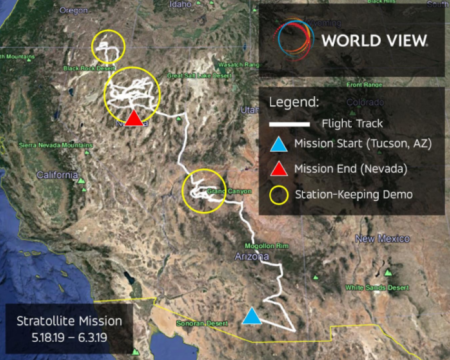Capitalism in space: Virgin Orbit this week filed a lawsuit against the satellite company OneWeb for its cancellation of 35 of 39 launches.
According to a complaint Virgin Orbit filed June 4 in U.S. District Court for the Southern District of New York, OneWeb quietly canceled 35 of a planned 39 launches last June, triggering a $70 million termination fee spelled out in the contract. Virgin Orbit says OneWeb still owes $46.32 million. The lawsuit was first reported by Law360.com.
The real significance of this story is the decision of OneWeb to back out of its deal with Virgin Orbit. Richard Branson is an investor in both, which is why I think Virgin Orbit got the contract originally, when they were nowhere close to flying.
The timing of OneWeb’s cancellation in June 2018 is interesting. In July 2018 Virgin Orbit announced that it had received a launch license from the FAA for a flight it hoped to do before the end of the summer. That flight never happened.
So, did OneWeb’s cancellation cause the Virgin Orbit flight schedule to stall, or did OneWeb realize in June 2018 that the schedule was unrealistic, and that it was time to get out?
Either way, the lose of this income is a serious blow for this Branson company, and probably does explain the lack of flights in the past year.
If I was to rank the American smallsat orbital rocket companies at this point, Rocket Lab leads, with Vector and Firefly tied for a distance second. I would also consider EXOS Aerospace up there among the leaders, even though they are not yet building an orbital rocket. Instead, they are flying their reusable SARGE suborbital rocket on commercial flights (the next is scheduled for June 30), and using it as a guide for developing the orbital rocket to follow. Virgin Orbit should be among these leaders, but the lose of this contract and their failure to fly as scheduled makes me want to lower them in the rankings.

